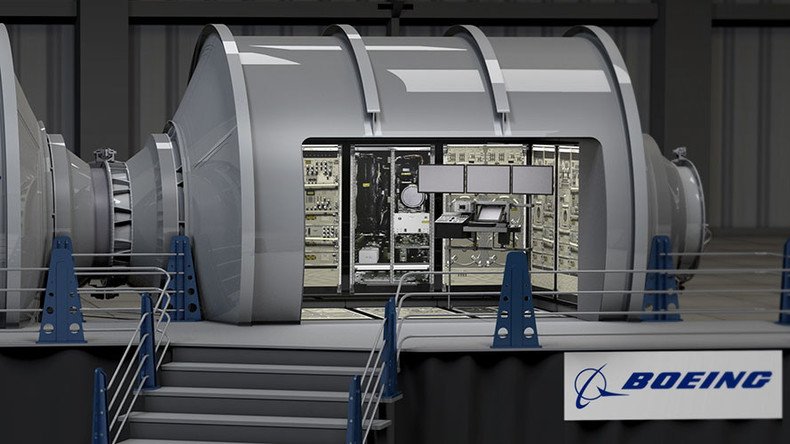NASA building ‘space habitats’ near the moon

It's not quite the Star Trek Enterprise but NASA has revealed it's developing "deep space habitats,” which will house astronauts in outer space in the future.
The space agency’s NextSTEP-2 program, which has a budget of around $65 million, aims to both advance the commercial development of space while also allowing for the further exploration of deep space.
The hope is for the habitats to support missions in the area of space near the moon, which will be the testing ground for trips to Mars.
READ MORE: ‘Game changing’ NASA camera films spectacular rocket test up close (VIDEO)
Before any of that though, the habitats first have to be designed and built, with full scale prototypes being constructed here on Earth first so scientists can test the designs and see how they might operate once launched into space and make sure they are “well thought out.”
Amazingly @NASA is developing habitats to allow humans to live in deep #space! SciFi is coming true! Read more here: https://t.co/lgeIMmPvBA
— Spacelink (@spacelinklf) August 15, 2016
Like the International Space Station, these newly designed habitats will have to not only be a home for the astronauts but will also have to allow for experiments to be conducted.
NASA say an “integrated array of complex systems and components” must be included in the design of any such habitat, including docking capabilities, life support systems, radiation mitigation and monitoring, as well as fire safety technologies and crew health capabilities.
Space tourism breakthrough? China working on hypersonic spaceplane with horizontal takeoff https://t.co/cXC67JskWj
— RT (@RT_com) August 13, 2016
“The ground prototypes will allow NASA and the partners to evaluate configurations of the habitat, how the various systems interact together and with other capabilities like propulsion modules and airlocks, and will provide platforms to test and ensure the standards and common interfaces being considered are well thought out,” NASA said in a statement.
Involved in the designing of these habitats are some of the major corporations involved in aeronautical engineering, including Boeing and Lockheed Martin.












